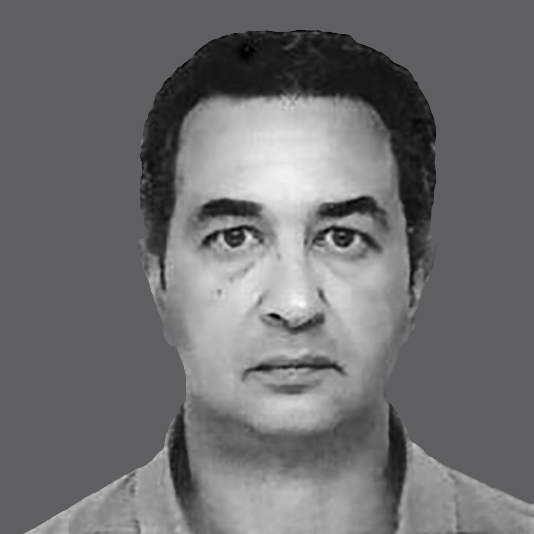
PhD candidate • Secondary education teacher with auxiliary work
gpapapanag@uniwa.gr
6974817544
K8.211
Monday, Wednesdayη / 14:30-15:30
Gerasimos Papapanagiotou was born and raised in Patras. He is a graduate of the
• Department of “Photography and Audiovisual Arts”, School of Applied Arts and Culture of the University of West Attica and
• “Physics Department” of the Faculty of Sciences of the University of Patras.
He also has:
• a Master’s degree (MSc) in “Information Systems Engineering” from South Bank University in London, and
• a Master’s degree (MEd) in “Education Studies” from the Hellenic Open University.
He is the author of:
• Papapanagiotou, Ger., Panagiotakopoulos, Ch., Koustourakis, Ger. (2011). “Detection of technophobia and its effects in the case of undergraduate students of cultural programs of EAP”. 6th International Conference on Open & Distance Education. Alternative forms of education. Loutraki, 4-6 November, 2011. http://icodl2011.eap.gr/
• “Development of applications in a Programming Environment”, Publishing Group of Teacher Writers, 2007, ISBN-13: 9789608207936, ISBN-10: 9789608207936.
As a trainer he has participated in:
• “Communicating with the image – The technique of selection and composition of images, Examples in video Editor”, two-day training action “Teachers for Europe”.
• “Creation of a documentary film” in the context of a meeting of the Secretary General. Gender equality.
• Trainings in the context of the “Information Society”.
He has been a reviewer of conference articles of the “Panhellenic Association of Informatics Teachers” and the “Neos Paidagogos” as well as was a member of the jury and organizing committee of conferences on Informatics in Education.
Today he works as a teacher of Secondary Education since 1999. In the period 2016-2019 he worked in the “Educational Radio and Television” of the Ministry of Education. He has also worked in IT companies and public IEK.
Doctoral Thesis Summary
Title: “The study of deindustrialization of the period 1980-200 in Achaia, through the photographic narrative”.
The purpose of this doctoral dissertation is to study the narrative skills of photography by describing intangible aspects of reality. The field of Achaia’s deindustrialization is used as a field of study. The question is whether photography can describe areas such as the sociological and political history of deindustrialization. Questions that are explored are about the rendering of multiple interpretations in a photograph, how they are used to shape ideologies by lending their truthfulness and narrative power to interpretations, and how commemorative photographs capture the attitudes and views of ordinary people helping the description of deindustrialization.
According to economists, deindustrialization is a phenomenon of industrial production and so it is subject of the interdisciplinary branch of industrial archeology. Photography has been used in the context of industrial archeology as a recording mean, capturing, mainly, the material part of the industrial heritage. In this dissertation is studied the ability of photography to narrate intangible parts of industrial archeology such as the sociological impact of deindustrialization. It is examined whether the study of the photographs is capable of narrating the history of this period. Also, if it is enough to collect the available photos that are taken, or is it necessary to set rules regarding the systematicity of the recording, the intention and the areas of recording.
In this effort, the narrative strength of photography should be examined, due to its instantaneous dimension of time, a fact that, according to many, is necessary in narration. However, many authors argue on the narrative skill of photography, citing arguments related to the ways in which the narrative is formed. In the evidentiary process of this doctoral dissertation, are studied the narrative elements of the image and how they interact with the viewer to create the narrative.
The subject of the research are photographs that come from many sources, such as photographs published in local newspapers, photographs taken by trade unions, political organizations, individuals, former industry workers and the photojournalist archive working for newspapers of that period.
Finally, this thesis examines the above sources of photography, interpreting their composition, their content, analyzing their narrative, their semiotics and their combinations in order to make conclusions.


